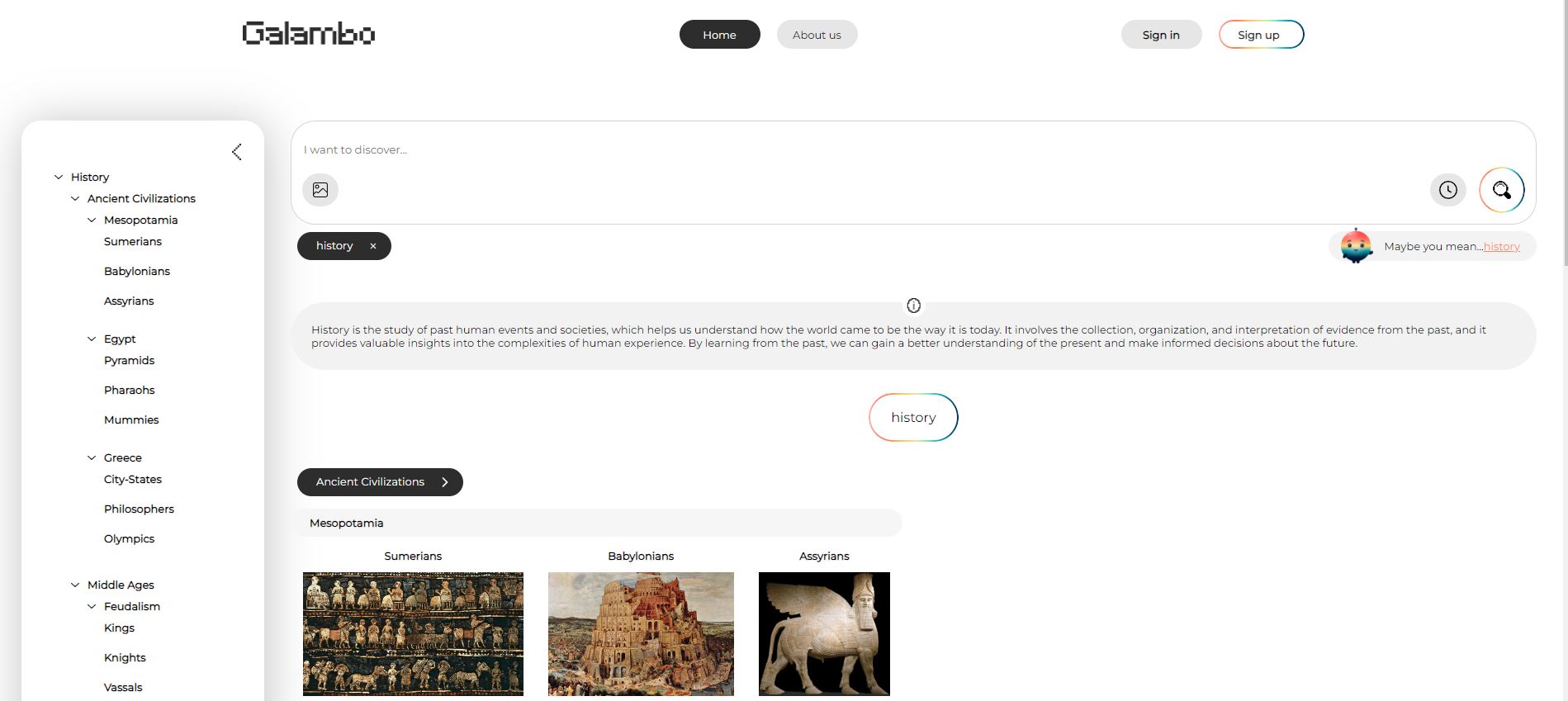Exploring Historical Context with Galambo: How Visual Search Unlocks the Past
 Peter Chen
Peter Chen
Imagine being able to dive into history with just a single image—this is the power of Galambo. In a world where visual data plays an increasingly important role, Galambo’s visual search technology is revolutionizing the way we explore historical contexts. By analyzing and matching images, Galambo allows users to uncover rich details and connections that would otherwise remain hidden. Whether you’re a historian, researcher, or simply curious about the past, Galambo offers a unique way to unlock the secrets of history.
Discovering the Story Behind the Image
Every historical image tells a story, but understanding that story often requires more than just a glance. Galambo’s advanced visual search capabilities enable users to go beyond the surface, analyzing and matching images to discover the context, time period, and even the location where the image was captured. This makes it easier to piece together historical narratives, understand the significance of events, and connect the dots between seemingly unrelated images.
For instance, if you have a photo of an ancient artifact, Galambo can match it with other similar images in its database, revealing information about its origin, use, and cultural significance. This tool is invaluable for researchers who need to verify the authenticity of artifacts or understand their place in history.
Connecting with Historical Events
Galambo doesn’t just help users identify objects and places; it also connects images with significant historical events. By analyzing visual patterns and comparing them with a vast database of historical images, Galambo can link an image to specific moments in history, offering insights that traditional research methods might miss. This capability is particularly useful for educators, students, and history enthusiasts who want to deepen their understanding of historical events.
Imagine being able to link a photograph of a World War II battlefield to other images from the same period, offering a more comprehensive view of the event. Galambo’s visual search technology allows users to explore these connections effortlessly, enriching their knowledge of history in the process.
Enhancing Research with Visual Data
Researchers and academics can greatly benefit from Galambo’s ability to analyze visual data. The platform’s sophisticated algorithms can detect patterns, similarities, and anomalies in images that might not be immediately apparent to the human eye. This can lead to new discoveries, insights, and a deeper understanding of historical subjects.
For example, art historians can use Galambo to compare different works of art, identifying influences, techniques, and styles that define a particular period or movement. Similarly, archaeologists can analyze images of excavation sites to identify patterns in artifact distribution, leading to new theories about ancient civilizations.
Unlocking the Past with Modern Technology
Galambo is more than just a search engine; it’s a gateway to the past. By leveraging the latest in AI and visual search technology, Galambo makes it easier than ever to explore historical contexts and uncover hidden details. Whether you’re tracing your family tree, studying ancient cultures, or simply curious about the world’s history, Galambo offers a powerful tool to help you on your journey.
Start Your Journey Through History with Galambo
Unlock the past like never before with Galambo’s visual search technology. Explore historical contexts, connect with significant events, and discover the stories behind the images that shape our world. Ready to see history in a new light? Start your journey with Galambo today by visiting Galambo.com.
Subscribe to my newsletter
Read articles from Peter Chen directly inside your inbox. Subscribe to the newsletter, and don't miss out.
Written by

Peter Chen
Peter Chen
I love exploring the latest in AI and tech, always on the lookout for innovative tools and solutions to streamline processes and enhance productivity.

